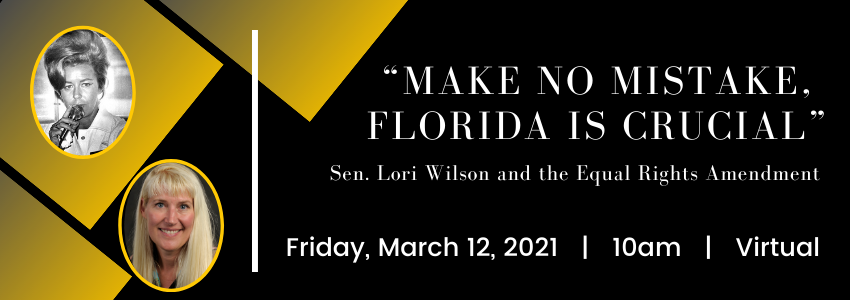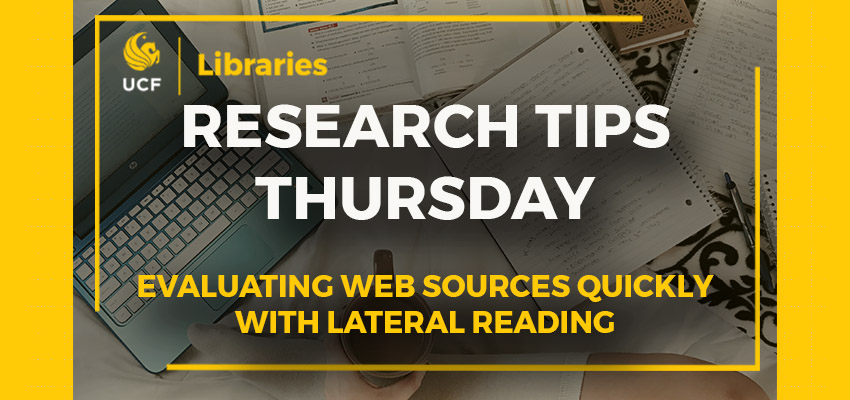“Make No Mistake, Florida is Crucial”: Sen. Lori Wilson and the Equal Rights Amendment
All Libraries, Events, Learning Engagement Posted: February 10th, 2021Friday, March 12, 2021 | 10 am – 11 am | Virtual Event
The Equal Rights Amendment is still a debated issue in the United States. In its basic form, it would add women to the Constitution. The amendment was first written in 1923 – a few years after women won the right to vote. Decades later, it became a significant issue during the Women’s Liberation Movement. Near its almost ratification, Florida was significant – led by Sen. Lori Wilson. It was an interesting discussion about women’s roles in society. This talk will expose the battle for and against the ERA in Florida. It will also address where the ERA battle is today.
– Kimberly Voss, Professor, Journalism
Event recording on Libraries’ YouTube and STARS Libraries Diversity, Education and Inclusion.




